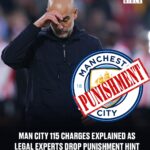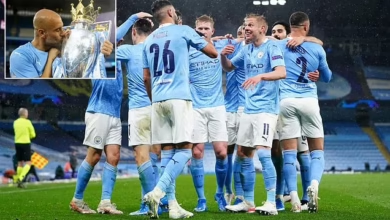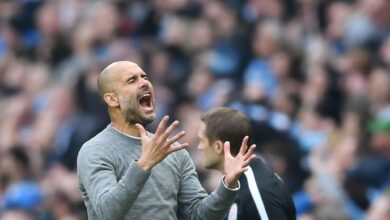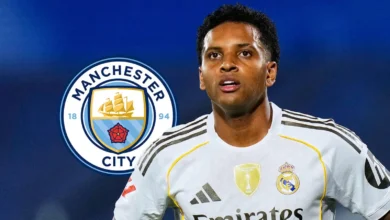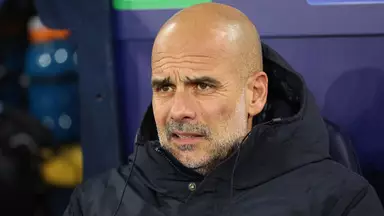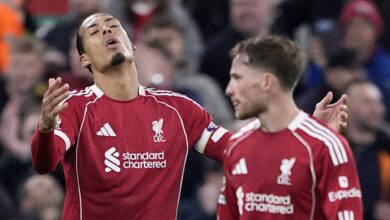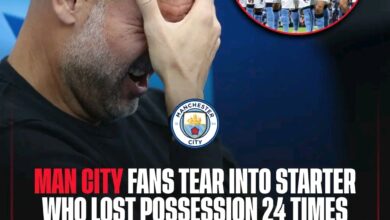Transfer News Analysis: EPL Summer Window Developments
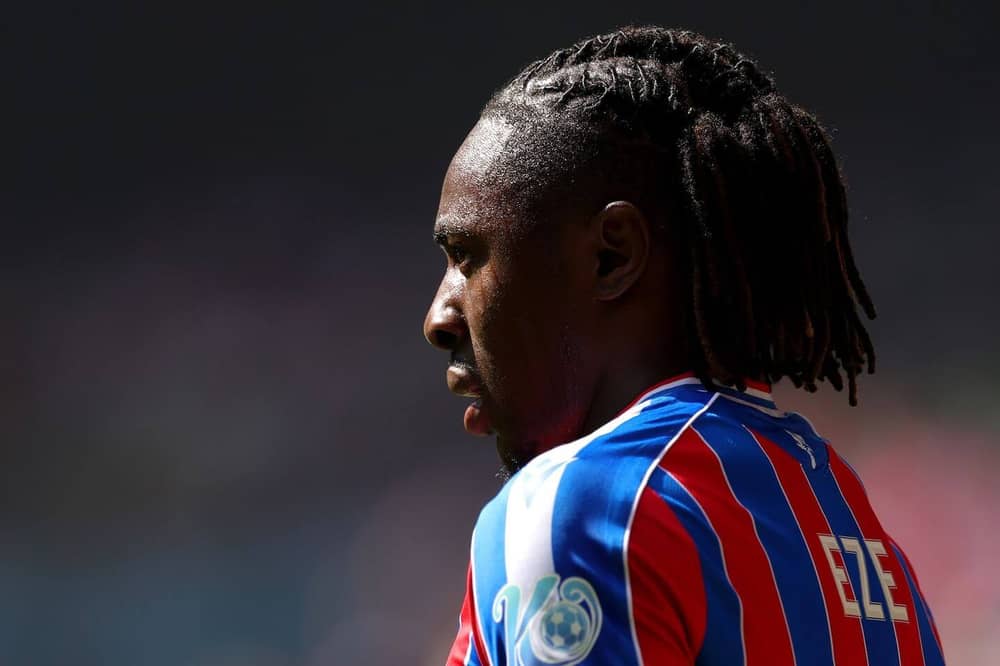
The final weeks of the summer transfer window have delivered a fascinating array of developments across the Premier League, with clubs making calculated moves to strengthen their squads while navigating the complex landscape of financial regulations and player ambitions. From high-profile departures to strategic acquisitions, the window has showcased the ever-evolving nature of modern football transfers, where loyalty, ambition, and financial prudence must be carefully balanced.
The transfer activity during August 2025 has been particularly intriguing, with several storylines capturing the attention of football fans worldwide. The contrast between players seeking moves and clubs managing their assets has been stark, highlighting the fundamental tensions that exist in the modern game between sporting ambition and financial sustainability.
Perhaps the most dramatic story emerging from this transfer window has been Alexander Isak’s attempt to force his way out of Newcastle United. The Swedish striker, who was once celebrated by the Toon Army with elaborate stadium displays, has taken a decidedly confrontational approach to securing his departure from St. James’ Park.
The situation represents a fascinating case study in modern football dynamics. Just months ago, Newcastle fans were creating massive tifos in honor of their star striker, who had been instrumental in their resurgence under Eddie Howe. The irony is particularly striking when considering that in the eleven Premier League matches following that November tribute, Isak scored an impressive sixteen goals, cementing his status as one of the league’s most clinical finishers.
However, the striker’s recent behavior has created a rift with the fanbase that once adored him. His “fiery statement” and apparent willingness to burn bridges with Newcastle supporters demonstrates the harsh realities of modern football, where player ambition often trumps emotional connections to clubs and communities. This situation serves as a perfect example of how quickly relationships can deteriorate in professional football when interests diverge.
Liverpool’s reported interest in Isak adds another layer of complexity to the saga. The Merseyside club’s pursuit of the striker could provide the Swedish international with the Champions League football and title-challenging opportunity he apparently craves. For Newcastle, losing such a prolific goalscorer would represent a significant setback, particularly given their own European ambitions.
The contrast with Rasmus Hojlund’s situation at Manchester United is particularly illuminating. While Isak pushes for a move away from Newcastle, Hojlund has remained committed to United despite the club’s apparent willingness to listen to offers for him. This dichotomy perfectly illustrates how both players and clubs can pursue their self-interest in the transfer market, sometimes leading to situations where loyalty is not reciprocated.
Tottenham’s transfer activity has been characterized by both ambition and strategic thinking. The club’s pursuit of Crystal Palace winger Eberechi Eze represents a significant statement of intent from Thomas Frank’s side, who are clearly looking to build upon their recent Europa League triumph with substantial squad improvements.
The potential acquisition of Eze would add considerable creative firepower to a Spurs attack that already boasts the impressive Mohammed Kudus, whose impact in his first two appearances has generated significant excitement among supporters. The combination of these two players could provide Tottenham with the attacking dynamism necessary to compete across multiple competitions.
However, the pursuit of Eze is not without complications. Reports suggest that “promises have been broken” in negotiations, indicating the complex nature of modern transfer dealings. Palace’s reluctance to lose one of their most valuable assets is understandable, particularly given Eze’s importance to their attacking structure and the club’s own ambitions.
The financial aspects of any potential deal would be substantial, with Palace likely demanding a fee that reflects Eze’s Premier League experience, England international status, and remaining contract length. For Tottenham, the investment would represent a clear signal of their intent to establish themselves as consistent top-four contenders.
One of the most significant developments for Tottenham has been Cristian Romero’s contract extension, which sees the Argentine defender commit to the club until 2029. This represents far more than just a routine contract renewal; it’s a statement of mutual commitment that provides stability and security for both player and club.
Romero’s elevation to club captain following Son Heung-min’s departure to LAFC adds another dimension to his importance at Tottenham. The World Cup winner has established himself as one of the Premier League’s most accomplished center-backs, and his partnership with Micky van de Ven appears central to Frank’s defensive strategy.
The timing of this contract extension is particularly significant given the early-summer interest from Atletico Madrid. By securing Romero’s long-term future, Tottenham have not only retained a world-class defender but also sent a clear message about their ambitions and ability to keep their best players.
The financial implications of this deal extend beyond the immediate contract value. Romero’s commitment provides Tottenham with certainty in their defensive planning and removes the risk of losing a key asset on a free transfer. Moreover, it demonstrates the club’s ability to compete with Europe’s elite when it comes to retaining talent.
Perhaps the most unexpected transfer development has been Jack Grealish’s move to Everton, a deal that few predicted at the start of the summer window. The England international’s departure from Manchester City represents a significant shift in both his career trajectory and Everton’s ambitions under David Moyes.
Grealish’s situation at City had become increasingly untenable, with limited playing time and a clear indication that he was no longer central to Pep Guardiola’s plans. The midfielder’s frustration with his role at the Etihad was evident, and his desire for regular first-team football ultimately drove the decision to seek pastures new.
The competition for Grealish’s signature was intense, with West Ham, Napoli, Celtic, and Fenerbahce all expressing interest. The Turkish club, in particular, could have offered significant financial incentives, but Grealish’s preference to remain in the Premier League ultimately proved decisive. Celtic’s interest, while flattering, was never seriously considered by the player.
Moyes’ personal intervention appears to have been crucial in swinging the deal in Everton’s favor. The Scottish manager’s reputation for developing players and his clear vision for how Grealish would fit into his system provided the assurance the midfielder needed. This represents excellent recruitment by Everton, adding proven Premier League quality and international experience to their squad.
For Everton, Grealish’s arrival alongside Thierno Barry and Kiernan Dewsbury-Hall represents a significant upgrade in quality and depth. These signings suggest a clear intent to challenge for European qualification and provide optimism for supporters who have endured difficult recent seasons
Aston Villa’s transfer strategy has been dictated largely by financial regulations, both domestic PSR requirements and UEFA’s Squad Cost Rules. The need to comply with these regulations has forced the club to make difficult decisions about their squad composition, with homegrown talent Jacob Ramsey becoming a casualty of financial necessity.
The sale of Ramsey to Newcastle for £39 million represents pure profit on the club’s books, a crucial factor in their ability to remain compliant with financial regulations. While losing such a promising young player to a Premier League rival might seem counterintuitive, the financial realities of modern football have made such decisions unavoidable.
Villa’s relatively quiet summer window, with just three additions, reflects their constrained financial position following several years of heavy investment. However, the sales of Ramsey and the loan departure of Leon Bailey to Roma have created some financial flexibility that could allow for late-window additions.
The loan arrangement for Bailey, with Roma paying a €3 million fee plus covering his full salary, provides Villa with immediate financial relief while maintaining the option for the player to return. The Italian club’s option to purchase for approximately €22 million gives them flexibility while protecting Villa’s long-term interests.
Carlos Baleba’s situation at Brighton exemplifies the challenges faced by clubs when trying to retain their most valuable assets. The 21-year-old Cameroon international has attracted significant interest from Manchester United, who see him as a potential solution to their midfield needs.
Brighton’s reluctance to sell Baleba is understandable given his importance to their system and his potential for further development. Manager Fabian Hurzeler has been vocal about his desire to retain the midfielder, emphasizing the player’s potential and the club’s commitment to his development.
The comparison to Moises Caicedo’s £115 million move to Chelsea provides context for Brighton’s valuation expectations. While Baleba may not yet command such a fee, his age, potential, and contract situation mean that any deal would require substantial investment from interested parties.
United’s interest in Baleba reflects their ongoing midfield concerns and their strategy of targeting young, high-potential players. However, their failure to convey serious interest earlier in the window has weakened their negotiating position, and Brighton’s acceptance that next summer might be more appropriate for a sale suggests that any deal this window would require exceptional circumstances.
The transfer developments outlined above reflect broader trends in modern football transfers. The increasing importance of financial regulations has forced clubs to be more strategic in their approach, leading to situations where talented players are sold not for sporting reasons but for financial compliance.
The role of intermediaries and agents has become increasingly prominent, with many deals now involving complex negotiations between multiple parties. The Grealish situation, where various clubs pursued the player through different channels, demonstrates how competitive the market has become for established Premier League talent.
Player power remains a significant factor, as demonstrated by Isak’s apparent willingness to force his way out of Newcastle. This trend toward players taking more control of their careers reflects the increasing professionalization of football and the influence of agents and advisors.
The importance of timing in transfers has also become evident, with clubs that move early in windows often securing better deals than those that wait. Brighton’s position with Baleba, where they can afford to be patient due to the player’s contract situation, demonstrates the value of planning and preparation in transfer strategy.
These transfer developments will have significant implications for the upcoming Premier League season. Tottenham’s strengthened squad, with the potential addition of Eze to complement Kudus and the retention of Romero, positions them as genuine contenders for Champions League qualification.
Everton’s recruitment, particularly the addition of Grealish, suggests they will be looking to challenge for European places under Moyes’ guidance. The combination of experience and youth in their squad could prove potent if the players gel quickly.
Newcastle’s potential loss of Isak would represent a significant blow to their attacking capabilities, though their strong squad depth and Eddie Howe’s tactical flexibility may help them adapt. The club’s ability to replace such a prolific goalscorer will be crucial to their season.
For Manchester United, their failure to secure Baleba may force them to look at alternative midfield targets or make do with their current options. Their ongoing midfield issues could prove costly in their pursuit of Champions League qualification.
The August 2025 transfer developments have highlighted the complex nature of modern football transfers, where sporting ambition, financial constraints, and individual desires must be carefully balanced. The contrast between players like Isak and Hojlund, and the different approaches taken by clubs in managing their assets, demonstrates that there are no simple formulas for transfer success.
As the window approaches its conclusion, clubs will be working frantically to complete remaining deals and address any remaining squad deficiencies. The moves made in these final weeks will likely have significant implications for the competitive balance of the Premier League in the season ahead.
The stories emerging from this transfer window serve as a reminder that football remains a business as much as a sport, where emotions and loyalties often take a backseat to financial realities and career ambitions. For supporters, these developments can be both exciting and heartbreaking, as beloved players move on while new heroes arrive to take their place.
Ultimately, the success of these transfers will be judged not in the immediate aftermath of their completion, but over the course of the season as players adapt to new environments and clubs attempt to achieve their ambitious targets. The coming months will reveal whether the strategic thinking and financial investments made during this transfer window will translate into success on the pitch.





